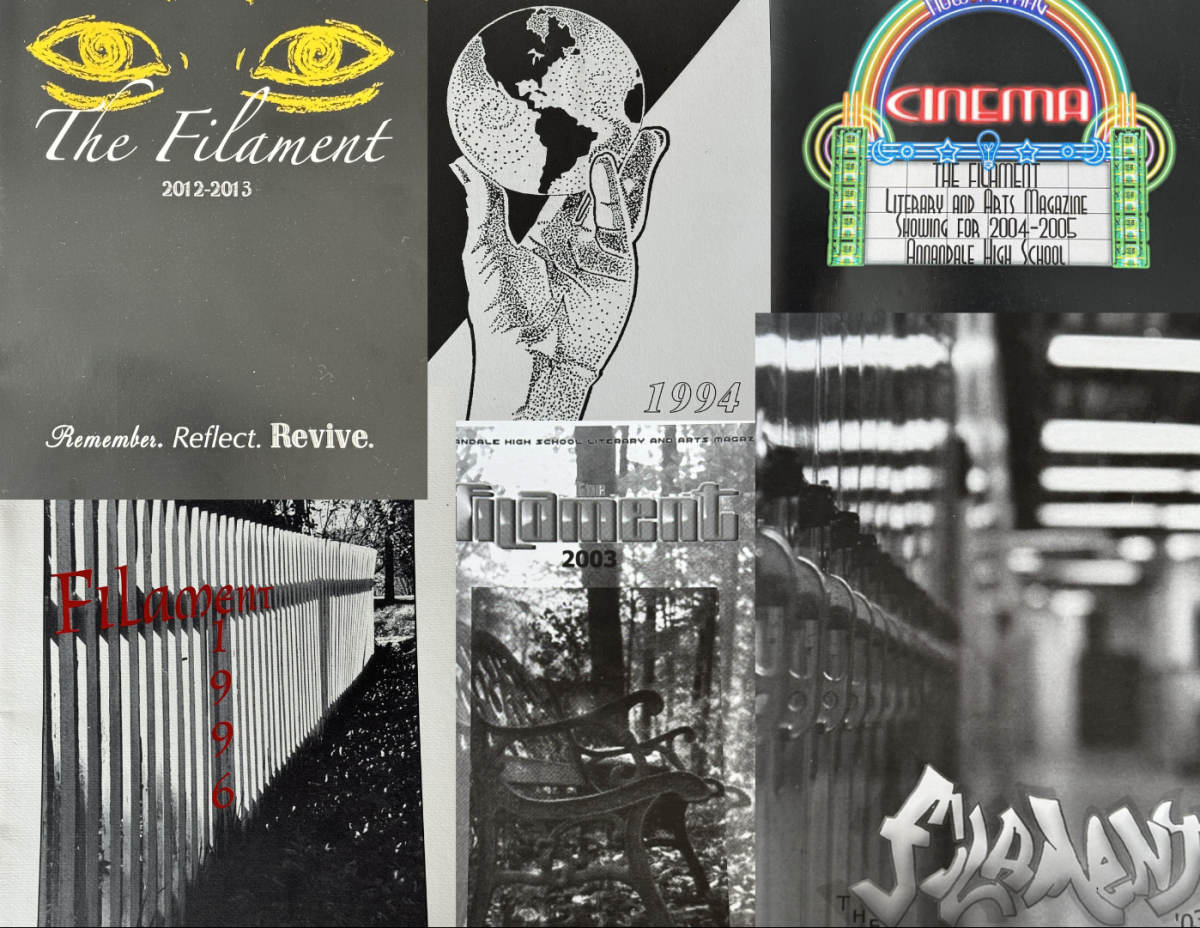In the past few weeks, a number of news sources from around America have reported on a new extreme trend among adolescents. According to sources such as MSNBC and CNN, (Perez Hilton, the queen of pop culture, also mentions it on his blog); Twilight-obsessed teenagers have taken to biting each other on the neck hard enough to draw blood, and then suck on or lick the wound. Vampire-themed websites have popped up around the Internet that feature forums dedicated to the new trend.
On one such website, a user with the pseudonym “GothicGirl10” provides an extreme example.
“Having that thick, warm copper-tasting blood in my mouth is the best thing I can think of! Sometimes my boyfriend lets me feed off him. I let him feed off me as well.”
Besides the pain that undoubtedly accompanies the biting, doctors worry about the health effects on teens that participate in the trend. Couples who bite each other increase the risk of contracting blood-borne diseases like HIV or hepatitis, and their wounds can quickly become infected with the bacteria carried in the human mouth.
On October 14, yet another disturbing incident illustrated the harm that can come from taking the vampire trend too far, when a young couple in Arizona “adopted” a desperate homeless man in order to drink his blood. According to the New York Daily News, Aaron Homer and Amanda Williamson offered food and shelter to Robert Maley in exchange for his participation in their vampire practices, which included pagan rituals and “feeding” off his blood. The situation turned even uglier after Maley, when approached by the couple for a second time, refused to concede to their demands and purportedly mocked their religion. Homer then proceeded to stab him.
The couple was charged with aggravated assault and are currently under police jurisdiction. Their story proves that the Twilight trend can be both painful and dangerous, and that the practices of vampires in books and movies have no place in the real world. Teenagers, however, continue to take part in the activity.
Such behavior is not uncommon among young adults. Pop culture trends have historically had a huge impact on high-school students. In the 1960s, teenagers inspired by anti-Vietnam activists participated in rallies, advocated free love, and wore the earthy, hippie-style clothing popular among folk singers of the day. In the 1980s. the movie ‘Clueless’ sparked a fashion frenzy among girls, who desperately sought clothes that emulated the outfits worn by the film’s heroine, Cher. Around the same time, adolescent males started a trend that remains prevalent today by adopting the baggy style of clothing worn by prison inmates. Even popular jargon is affected by pop culture. The non-traditional use of the word “like” began in the late 1950s after the TV show “Dobie Gillis” brought it to prominence.
In most cases, pop culture trends are harmless. It can be amusing to look back at the Michael Jackson inspired fashion of the 80s, or to remember the scandalous effect that the singer Elvis Presley had on the conservative society of the 1950s. Some fads, however, such as those taken from certain books, movies, or TV shows, should be appreciated from an observer’s standpoint rather than actively practiced.
Psychological studies have long shown that teens are easily taken in by outside influences. The Social Learning Theory, now the orthodox view among modern psychologists, states that individuals will either accept or reject ideas and images based on the participation of other people. As a result, items that are widely accepted or appreciated (like the Twilight series) will create a ripple effect, spawning a large number of different trends before gradually going out of style.
The most detrimental trends seem to stem from celebrities and TV shows, rather than books or movies. Celebrities on TV shows have the most explosive effect. Paris Hilton’s ‘The Simple Life’ glamorized the indulgent and irresponsible life of those born wealthy, immortalizing the phrase, “That’s hot.” Most teenagers, especially those aged 17-19, can remember the once-pervasive influence of the soap opera “The O.C,” and everyone can remember a time when ‘The Hills’ ruled the airwaves. Heidi Montag, one of the characters on the show, helped introduce the now well-known trend of extreme body modification.
Trends can be a great way to define a generation, and are one of the best indicators of the social and political atmospheres of their times. Most, however, are not meant to be carried into the real world, and can have detrimental effects on the people who take them too far.







